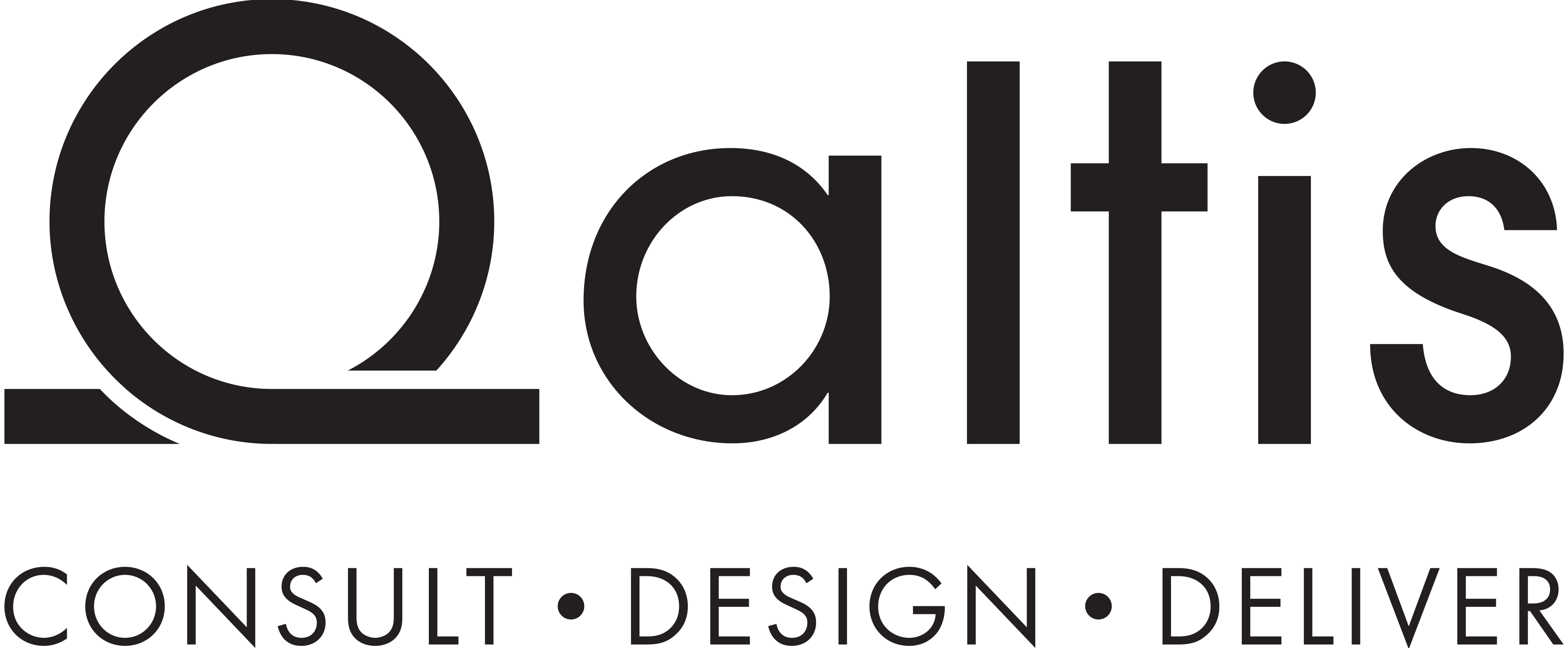Introduction to Altis Proprietary Research Project
Altis is proud to announce the launch of an ambitious research project titled Wellbeing in the Workplace, spearheaded by Nicoletta Brancaccio, Head of Research at Altis and PhD candidate at the University of the West of England. Nicoletta’s work delves into the intricate relationship between space and the behavioural responses of its occupants, exploring how the environments we inhabit shape our experiences and wellbeing.
For architects, the opportunity lies in understanding how we interpret and construct space—how these processes influence not only our actions but also our sense of wellbeing. Altis is embarking on a vital investigation that unites workplace design with human emotional and cognitive responses, paving the way for architecture and interiors that are more responsive, inclusive, and attuned to neurodiversity.
This research considers a multitude of factors that influence, impact, or enhance the quality of life. The foundation of this complex inquiry is a simple yet profound question: What can architecture do for people? Not just in terms of boosting productivity, but in empowering individuals and making them feel better at work.
Decoding Space and Reality
We experience and “code” space largely through interruptions—what researchers call discontinuities. A blank, featureless surface offers no stimulus, no activation for the brain. But when a line, a break, or any kind of interruption disrupts that blankness, we begin to see and interpret. This is the act of coding space.
However, the construction of reality is an entirely different process. We do not merely decode reality—we actively build it. Each individual’s perception is unique, shaped by their background, culture, experiences, and the meanings they assign to objects and spaces. As James Gibson described with the concept of affordance, objects and spaces inherently suggest actions, but the meaning of these suggestions is deeply personal and contextual.
The real challenge today is not only to recognise these pre-existing meanings but also to attribute new ones—meanings that align with and promote wellbeing.

The PERMA Model and Architecture’s Role
According to Martin Seligman, a leading theorist on wellbeing, flourishing is enabled by five core building blocks: Positive Emotion, Engagement, Relationships, Meaning, and Accomplishment (PERMA™). Each of these can be nurtured through strategic interventions, and architecture has the power to influence all five.
Architecture can inspire engagement by encouraging interaction with spaces. It can foster relationships by creating environments that bring people together. It can shape the meanings we associate with our surroundings, enhancing our emotional connection to the workplace. In essence, architecture is not just about structures; it is about creating experiences that enable people to thrive.
A Collaborative Approach
This research journey will involve collaboration with professionals from diverse fields, including psychologists and workplace specialists, to gain a deeper understanding of emotions and experiences tied to work environments. We aim to differentiate between emotions and feelings, exploring their connections to specific types of spaces.
By integrating knowledge from various disciplines, we hope to develop actionable insights for architects and designers, enabling them to create environments that significantly enhance the quality of life for employees and all who experience these spaces.
The Wellbeing in the Workplace project seeks to redefine how we think about architecture—not just as a backdrop to work, but as an active participant in shaping human wellbeing.


